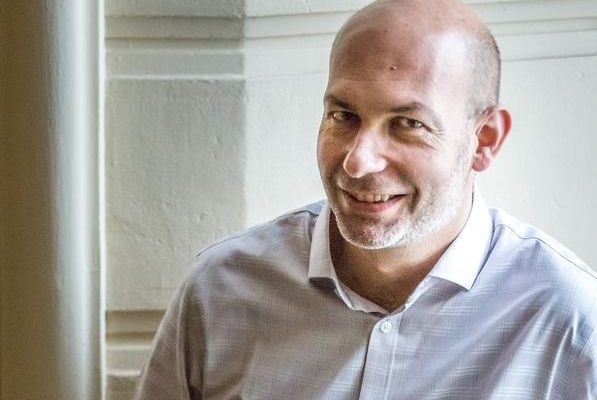Contrary to what many people believe, the fact that a study reveals new data in a scientific journal does not guarantee that this result is true, nor that the theory thus supported is correct. Indeed, a good part of scientific publications will not be confirmed by subsequent experiments, and most of the theories proposed by researchers will prove to be false. How is it then that science is still the best way to acquire reliable knowledge? Because scientific results and theories undergo a selection process over time: by dint of multiple tests and replications of experiments, false hypotheses end up losing all credibility. Only those that are most in line with reality remain. It is in this sense that we say that science is self-correcting, unlike intellectual constructions built on indisputable dogmas.
What about in the media? In a sense, the same is true: they inevitably spread fake news, but unless they deliberately mislead their audiences, the real information sooner or later replaces the fake. However, there are biases. In the scientific field, the media do not broadcast all publications. They select those which seem to them the most interesting, counter-intuitive, sensational or those which seem to have a particularly important societal impact. In doing so, they disseminate results that are more at risk than others of being false.
For example, when in 2021 researchers announced that the confinement had caused 40% of cognitive delays in school-age children, the world reported it, although this result is highly implausible. Worse still, when new scientific work proves that the previous ones were wrong, the media rarely relay this correction of the state of knowledge. So, when a year later it turned out that this data was wrong, I had to a lot of perseverance to get World that he corrects information, both by a rectifying article and by a mention in the original article.
False information accessible ad vitam aeternam
Perhaps the most shocking example of this trend concerns Gilles-Eric Séralini’s study on rats fed GMO corn and having developed cancersof which the new observer (became The Obs) had broadcast the information exclusively and on the cover in 2012. A year later, after finding that the study was poorly designed, statistically inconclusive, and therefore did not prove what it claimed, the scientific journal retracted the study. The newspaper informed its readers, but persisted in defending it, and the original record remained unchanged. Shouldn’t it have been deleted or modified? Indeed, an Internet user doing research on the dangers of GMOs or following a link may come across the 2012 article of the New Observer, and nothing on that page will tell them that the content is outdated. This problem of easy access to false scientific information is all the more frequent since, nowadays, archived articles remain accessible online ad vitam aeternam.
To give another example, I compiled six years ago an anthology of false scientific information relayed by the media about people with high intellectual potential (HPI). Despite my recurring efforts to communicate the scientific consensus on the subject and my questioning of the authors of some of these articles, these remain accessible as they are and therefore represent the majority of publications on HPI that can be found by searching on the Internet. Not only do they contribute to massive misinformation on the subject, but they continue to inspire journalists who never stop publishing. new writings relaying the same erroneous message. If the phenomenon is self-sustaining, we will never get out of it. The problem of correcting scientific misinformation in the media deserves to be taken more seriously.
* Franck Ramus is research director at the CNRS
